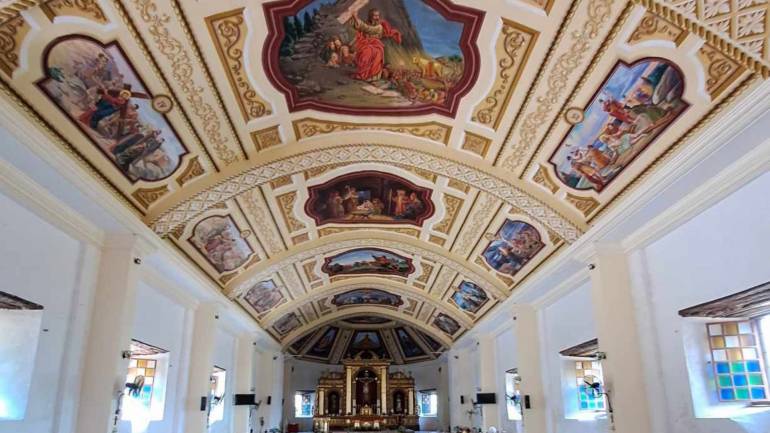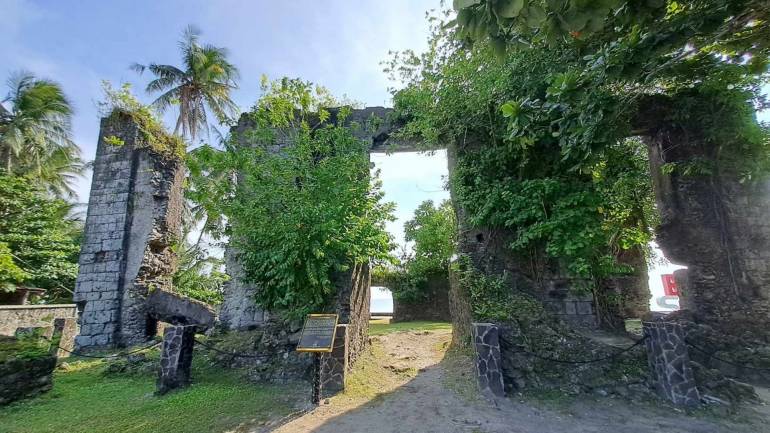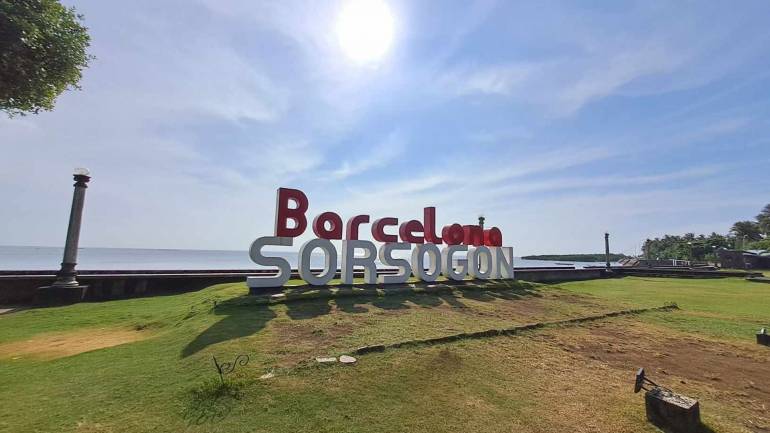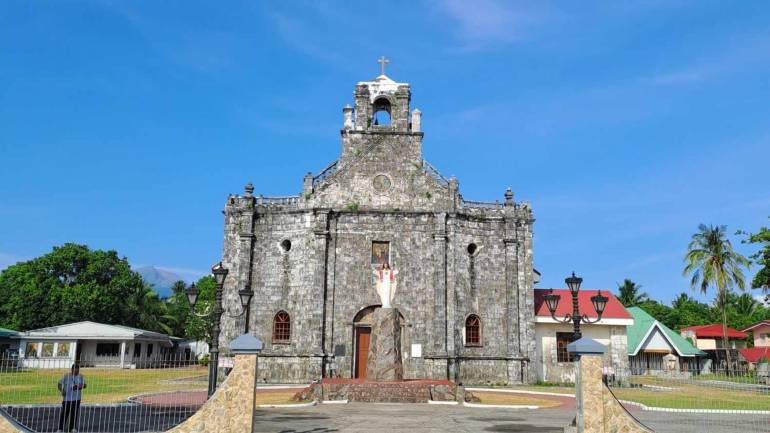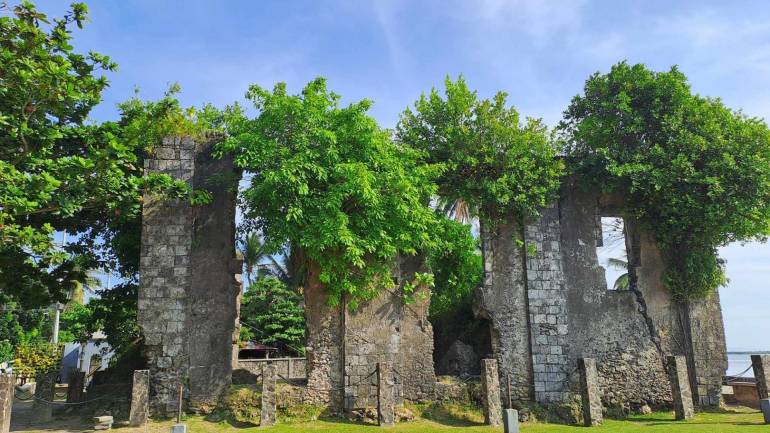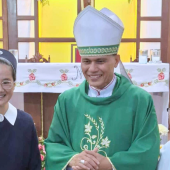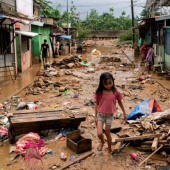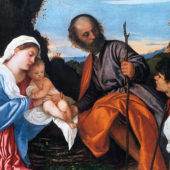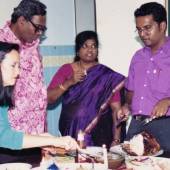Barcelona town in Philippines draws pilgrims, tourists to its well-preserved church
An account claims the coastline of this town in Sorsogon province, more than 600 kilometers southeast of Manila, reminded the Spanish colonialists of its older and bigger counterpart in the Iberian Peninsula, the city of Barcelona.
So, the nostalgic Spaniards named this town after the Catalan capital on the northeastern coast of Spain.
Another account claims the renaming of the place was in honor of the Catalan capital.
Formerly known as Danlog, the town was founded in 1886. After the town's foundation, the Franciscans built the parish church in honor of St. Joseph the Worker.
Corals were shaved from the sea and shaped into blocks. The blocks were filed on top of each other to build the tall sides of the church. Stones hauled from the river were also used in the construction.
The blocks and the stones were glued together using indigenous adhesives—lime, eggwhite, and glutinous fruit substances.
The church faces the Pacific Ocean in the east. The shore is about shouting distance from the front fence.
According to Cristina Racelis, a former provincial tourism officer, the church's position was in line with the colonialists' defensive strategy of constructing churches on hilltops or near and facing the Pacific Ocean.
The belfry was a defensive part of the church, serving as a watch tower to detect enemies approaching the shore.
On the other side of the road, there are the ruins of Presidencia and a stone building. Both structures were built using corals and stones.
The Presidencia was the local seat of power for the colonialists.
The ruins of the two structures are now part of the lively municipal park.
The St. Joseph church and the ruins of the two structures on the other side of the road form a trilateral coordination.
According to the tourism officer, the trilateral coordination of the church with the colonialist's seat of local power and the stone school was a practice by the Spanish.
In 2016, Miss Earth contestants walked into this park and climbed the stage to introduce themselves to the locals.
The St. Joseph church underwent many repairs. But it remains well-preserved today.
The walls, the belfry, and the facade have not undergone major repairs yet, despite strong winds that have brutally pummeled the church from different directions in the past more than 100 years.
The church went through large-scale restorations in 2020 with the supervision and support of the country's National Historical Commission.
The town is subdivided into 25 barangays, six of which were named after saints.
The locals speak a dialect known as Waray Sorsogon. This dialect is spoken in the seven towns in the southern part of the province, namely, Barcelona, Gubat, Bulusan, Santa Magdalena, Bulan, Matnog, and Irosin.
Barcelona celebrates an annual town fiesta on May 19 in honor of its patron, St. Joseph the Worker.
Radio Veritas Asia (RVA), a media platform of the Catholic Church, aims to share Christ. RVA started in 1969 as a continental Catholic radio station to serve Asian countries in their respective local language, thus earning the tag “the Voice of Asian Christianity.” Responding to the emerging context, RVA embraced media platforms to connect with the global Asian audience via its 21 language websites and various social media platforms.





